In southern Egypt’s Nile Valley, a new study of the ancient Adaïma cemetery is reshaping the tale of Egyptian religion and state ideology’s origins. Against long-standing presumptions that the sacred order of Egypt was one imposed from above by kings and priests, archaeologists now believe that many of the key features of royal religion emerged from the funerary traditions of ordinary individuals in rural communities.

The study, published in the Journal of Archaeological Method and Theory, is based on the excavation and analysis of more than 500 tombs at Adaïma, a 30-hectare site used between 3300 and 2700 BCE—centuries before the pyramids were built. Led by Ameline Alcouffe from the University of Toulouse, the research team examined how local funerary practices—especially those involving celestial alignments and symbolic ritual—gradually evolved into core features of pharaonic ideology.
One particularly unusual burial, Tomb S166, contained the body of a teenage girl whose left arm had been ritually severed and placed over her chest. Her body was oriented in the direction of the setting sun at the winter solstice, and her sarcophagus aligned with the heliacal rising of Sirius—the brightest star in the sky, which heralded the flooding of the Nile. According to the researchers, this ritual was not merely symbolic; it was an early intersection of agricultural cycles, celestial observation, and beliefs about death.
Two other tombs were also conspicuous. Tomb S837, in which a woman was buried with some fine jewelry and a broken ceramic vessel, had themes later reflected in the Pyramid Texts. Tomb S874 contained a woman buried with a staff and a fiber wig and was aligned to the summer solstice—a shift in celestial focus.

Using artificial intelligence and network analysis, the researchers determined that these “innovative” tombs were less connected to traditional burial practices and may have been cultural tipping points. Subsequent burial clusters around them show they must have come to be honored over time, as a kind of shrine.
The study argues that rituals like symbolic dismemberment, originally performed in rural cemeteries, were later mythologized in stories such as that of Isis and Osiris. The rising of Sirius—formerly a cue for farmers—became a divine portent tied to fertility, rebirth, and royal legitimacy. When the state emerged, it did not create religion from scratch. Instead, it absorbed these long-standing practices and reworked them into royal narratives, transforming popular memory and mourning into instruments of centralized power.
The Adaïma cemetery teaches us this profound lesson: before pharaohs existed to govern Egypt, the populace had already founded the religious groundwork. Their everyday funerals, timed by stars and seasons, became the seeds of state religion.



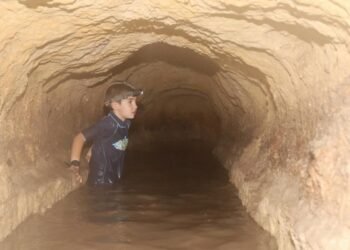
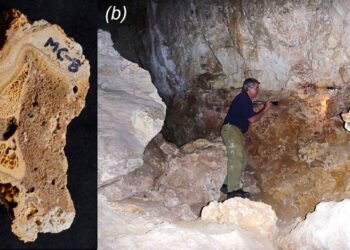

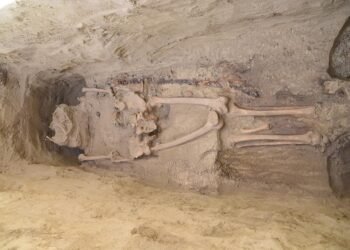
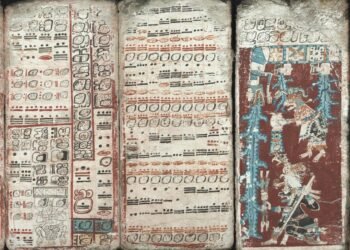
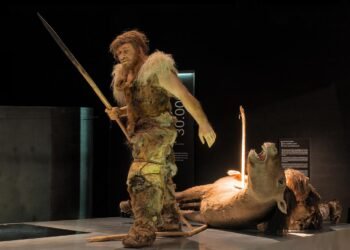














Comments 0